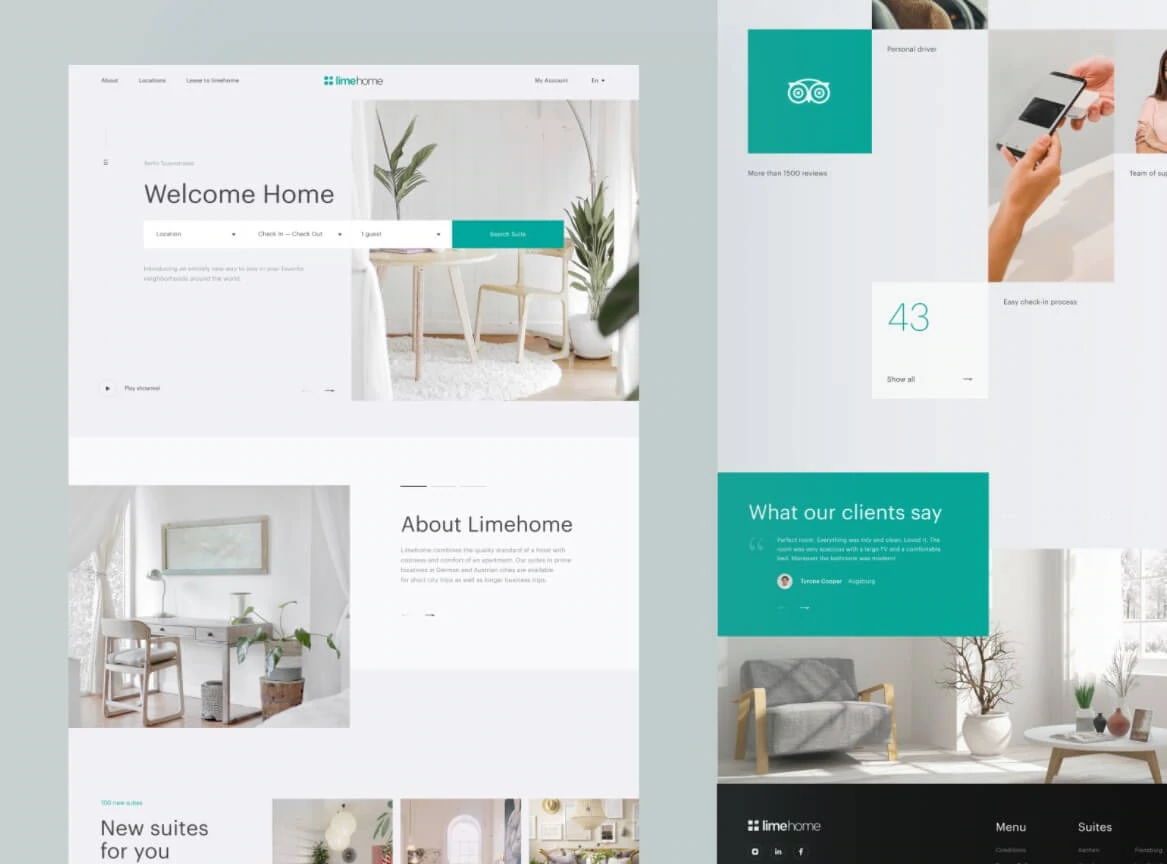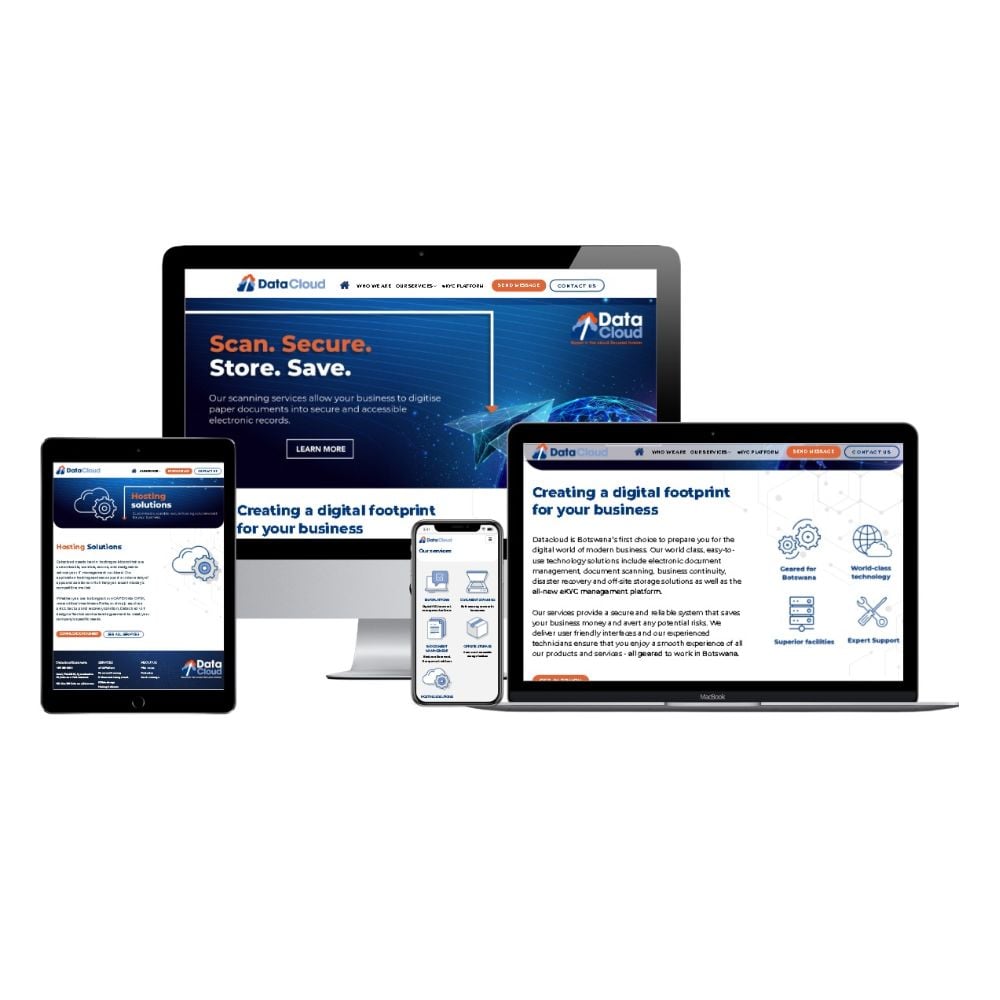Vital Devices Every Developer Requirements for Magnificent Website Design
Vital Devices Every Developer Requirements for Magnificent Website Design
Blog Article
Maximize Engagement: Proven Techniques for Superior Internet Site Style
In a progressively digital landscape, the relevance of a user-centric technique to site layout can not be overemphasized. Understanding how reliable navigating, visual power structure, and material optimization assemble to improve customer interaction is vital for any company looking for to make a significant impact. As we check out various tried and tested strategies that contribute to superior web site design, the interaction between these elements exposes not only finest techniques however additionally cutting-edge techniques that can boost user experience. What might surprise you is exactly how simple modifications can lead to exceptional transformations in interaction metrics.
Significance of User-Centric Style
User-centric layout is important in developing effective websites, as it focuses on the demands and choices of the end user from the very start of the style process (website design). This technique ensures that the site is tailored to offer an optimum experience for users, facilitating engagement and contentment. By comprehending customer actions, objectives, and discomfort factors, designers can create interfaces that reverberate with their target market and cultivate a sense of link
Applying user-centric style includes comprehensive research, including user personas and trip mapping, which help in identifying the details requirements of various individual segments. This data-driven technique enables informed choices pertaining to design, content, and capability, ultimately leading to the development of a more attractive and instinctive web experience.
Moreover, a user-centric technique promotes access and inclusivity, ensuring that sites satisfy diverse individual capacities and preferences. This not only enhances individual experience but also expands the target market reach. In a competitive electronic landscape, prioritizing user-centric style is not simply advantageous; it is vital for driving involvement, reducing bounce prices, and cultivating user commitment. Reliable websites are those that resonate with users, making user-centric style an essential principle for effective internet growth.
Efficient Navigating Approaches
A well-structured navigating system is a cornerstone of effective website design, constructing directly on the principles of user-centric design. Effective navigating permits individuals to discover details swiftly and without effort, improving their overall experience and motivating longer brows through.
To attain this, take into consideration carrying out a clear pecking order in your navigation food selection. Key categories need to be quickly noticeable, while subcategories can be exposed via dropdowns or expandable food selections. This company helps customers expect where they might locate relevant material, minimizing stress.
Consistency is vital; use familiar terminology and design aspects throughout the site to avoid confusion. Breadcrumb tracks can likewise be helpful, supplying customers with contextual understanding of their area within the website and making it possible for very easy backtracking.
Last but not least, make sure that your navigation is responsive and mobile-friendly. As more users access websites using mobile phones, adapting your navigation for smaller sized displays is crucial for keeping usability and accessibility. By focusing on these approaches, you can produce a seamless navigating experience that maintains customers involved.
Visual Pecking Order and Layout
Developing a clear visual hierarchy is essential for leading individuals via a website's web content successfully. A well-structured design not only enhances user experience yet also affects how site visitors engage and view with information. By tactically employing dimension, contrast, shade, and spacing, developers can create prime focus that draw interest to the most crucial components, such as headlines, phones call to action, or pictures.
Incorporating a grid system can better enhance aesthetic power structure by offering a regular structure for content placement. This company permits users to navigate the site with ease, making it simpler to absorb details (website design). Additionally, making use of whitespace view is essential; it creates breathing space around components, decreasing cognitive overload and highlighting vital content

Material Optimization Techniques
While producing visually attractive layouts is essential, the effectiveness of a website eventually depends upon just how well its content is enhanced for both online search engine and individual engagement. Content optimization entails a tactical strategy that enhances presence and relevance, eventually driving website traffic and keeping site visitors.
First, keyword study is fundamental. Determining relevant key phrases that align with individual intent enables the combination of these terms normally into headings, message, and meta summaries. This not only assists in rating greater on search engines yet also improves the clearness of material for individuals.

Additionally, optimizing for neighborhood SEO can enhance involvement for region-specific target markets. Incorporating local key words and developing material that addresses regional weblink rate of interests improves significance.
Last but not least, consistently upgrading content guarantees that it stays useful and fresh, appealing to both internet search engine and returning customers. By concentrating on these material optimization techniques, organizations can develop an engaging on the internet visibility that fosters communication and drives conversions.
Receptive and Mobile-First Approaches
Customer involvement and content presence are significantly affected by the capacity of a web site to adjust seamlessly throughout various devices. With the rise of mobile surfing, utilizing responsive style and mobile-first strategies has actually come to be necessary for reliable internet advancement. Receptive layout guarantees that a single internet site layout changes fluidly to different display sizes, from desktops to mobile phones, thereby providing a consistent individual experience.
On the other hand, a mobile-first technique prioritizes the mobile individual experience during the layout process. Deliberately for smaller sized screens initially, designers can concentrate on vital attributes and boost efficiency, making certain that customers are not overwhelmed by unnecessary material. This method also improves filling times, which is important for maintaining site visitors.
Both techniques contribute to greater engagement rates, as users are much more likely to communicate with a website that is aesthetically attractive and easy to use. Furthermore, online search engine prefer mobile-optimized sites in positions, consequently boosting presence. In recap, embracing responsive and mobile-first design techniques is vital for making the most of customer involvement and making sure that content stays accessible and effective across all devices.
Final Thought
In verdict, the implementation of user-centric design principles is important for making best use of engagement in website design. Effective navigation methods, a well-defined visual power structure, and optimization of content substantially boost customer experience. Furthermore, adopting mobile-first and receptive strategies ensures ease of access across different gadgets. Jointly, these techniques not just promote details retrieval but likewise foster much deeper individual communication, ultimately adding to greater involvement prices and overall website success. Focusing on these aspects is vital for efficient site design.
As we check out various tested techniques that add to impressive site layout, the interaction between these components exposes not only best techniques yet likewise ingenious methods that can raise individual experience.User-centric style is crucial in developing reliable sites, as it prioritizes the requirements and preferences of the end customer from the actual beginning of the style procedure. Effective sites are those that resonate with users, making user-centric style a fundamental principle for successful web development.
Receptive design guarantees that a single internet site format changes fluidly to different display dimensions, from desktops to mobile phones, consequently supplying a constant individual experience.
In summary, taking on responsive and mobile-first design strategies is have a peek here crucial for making the most of individual interaction and ensuring that web content stays obtainable and reliable across all devices.
Report this page